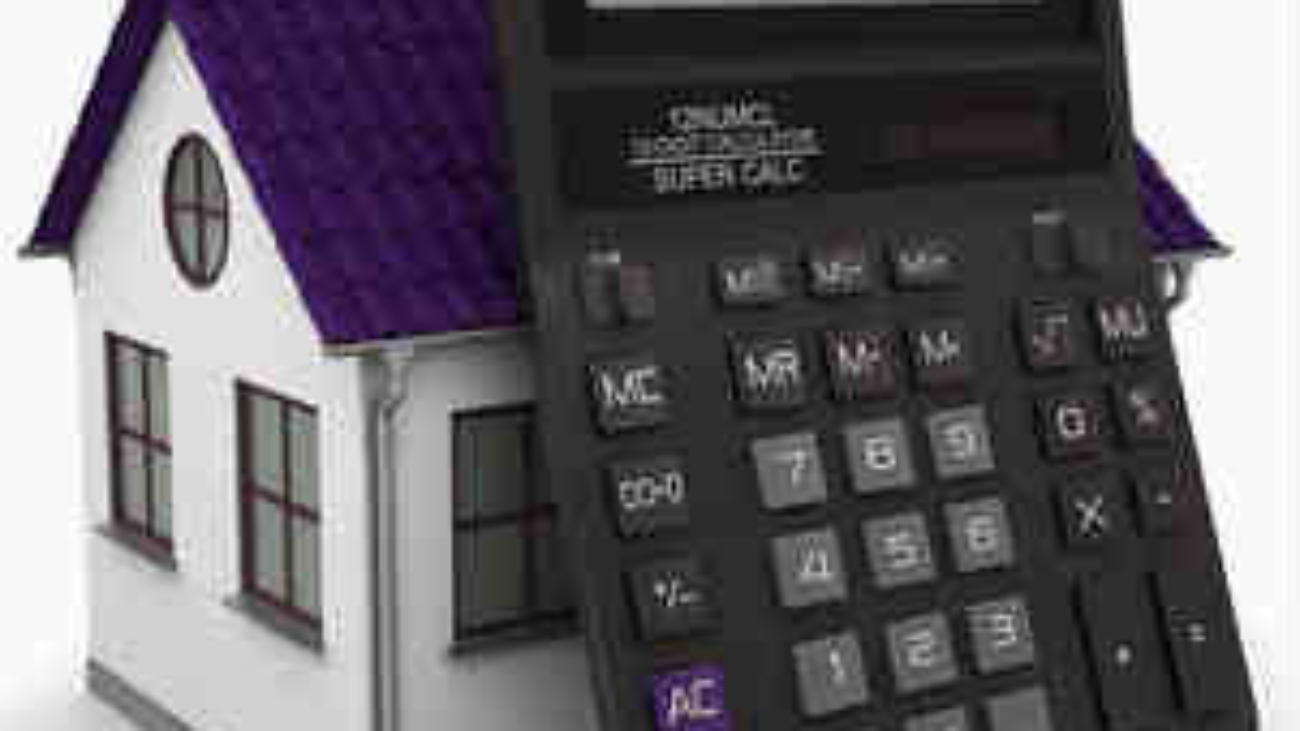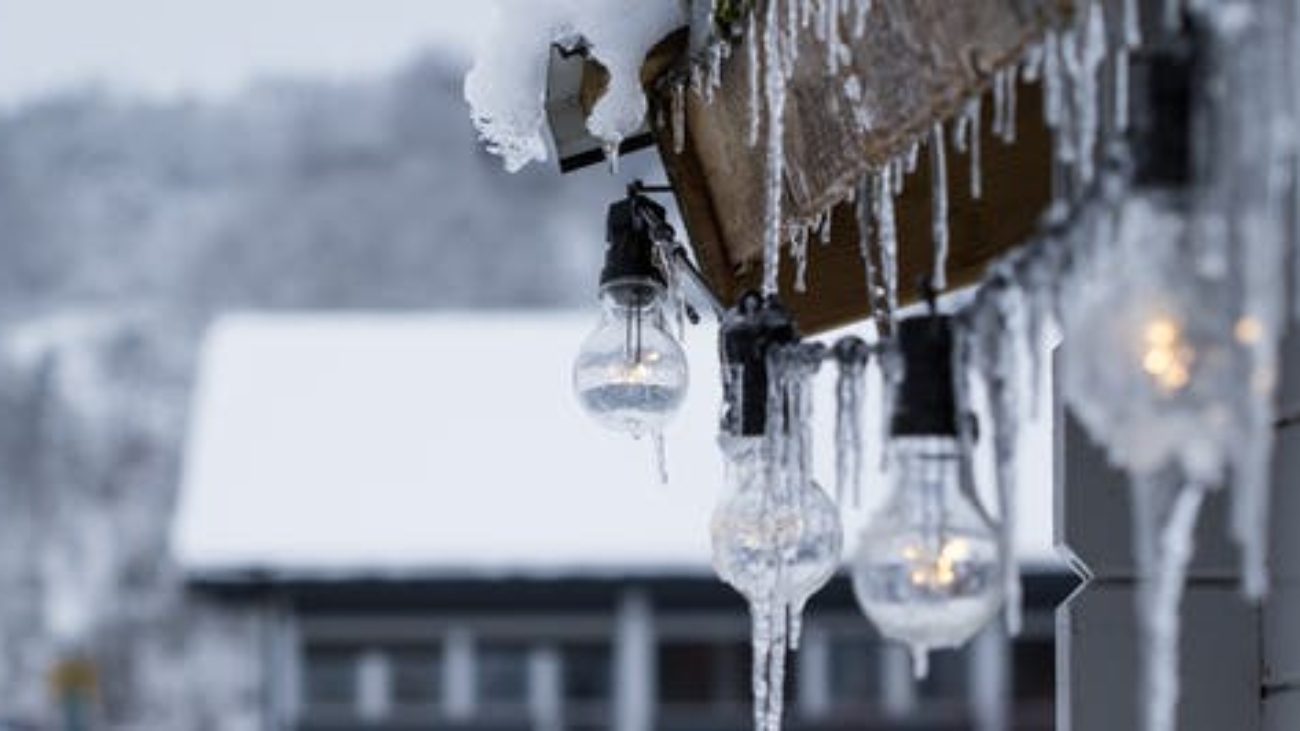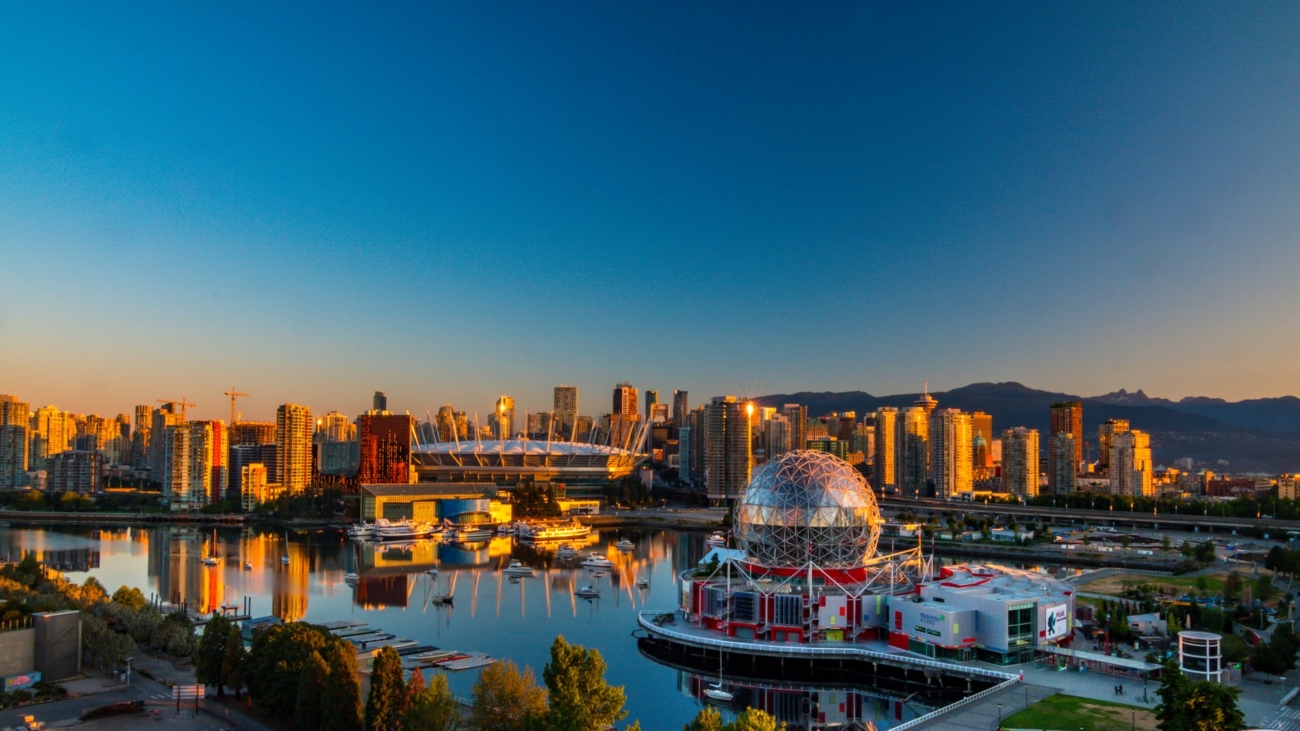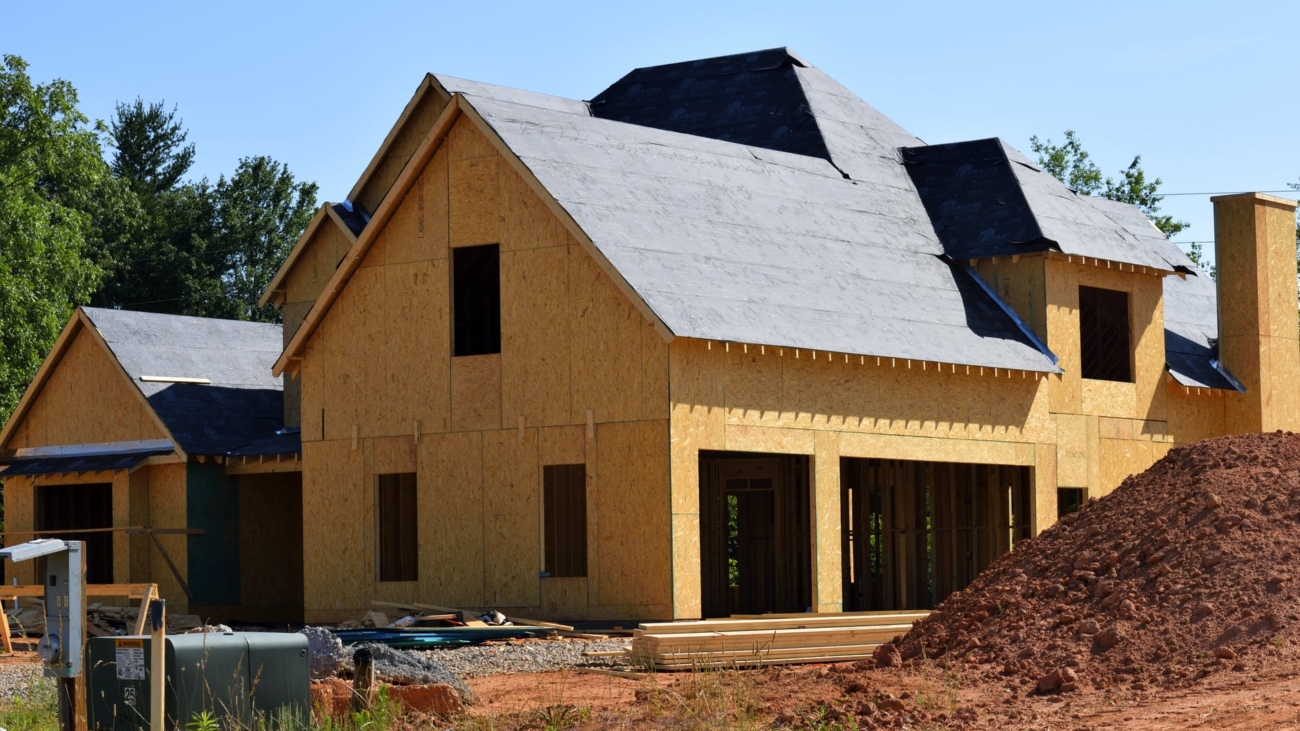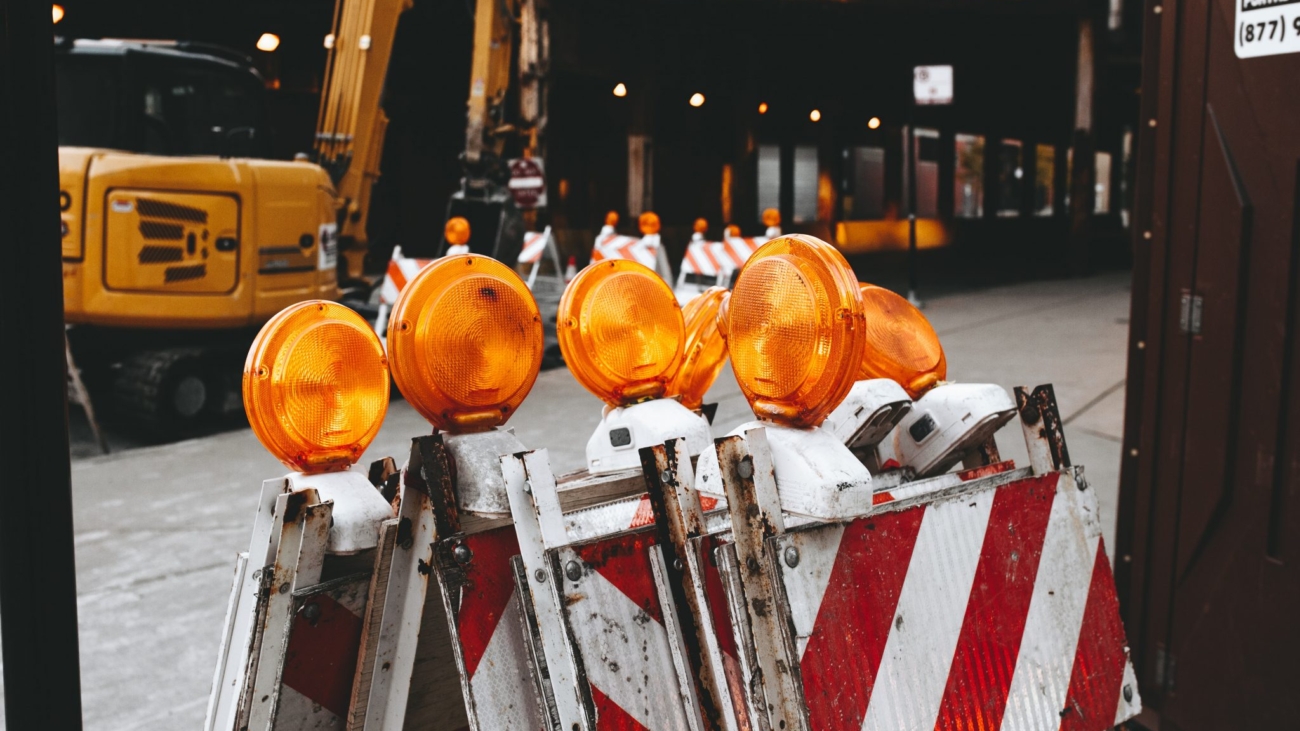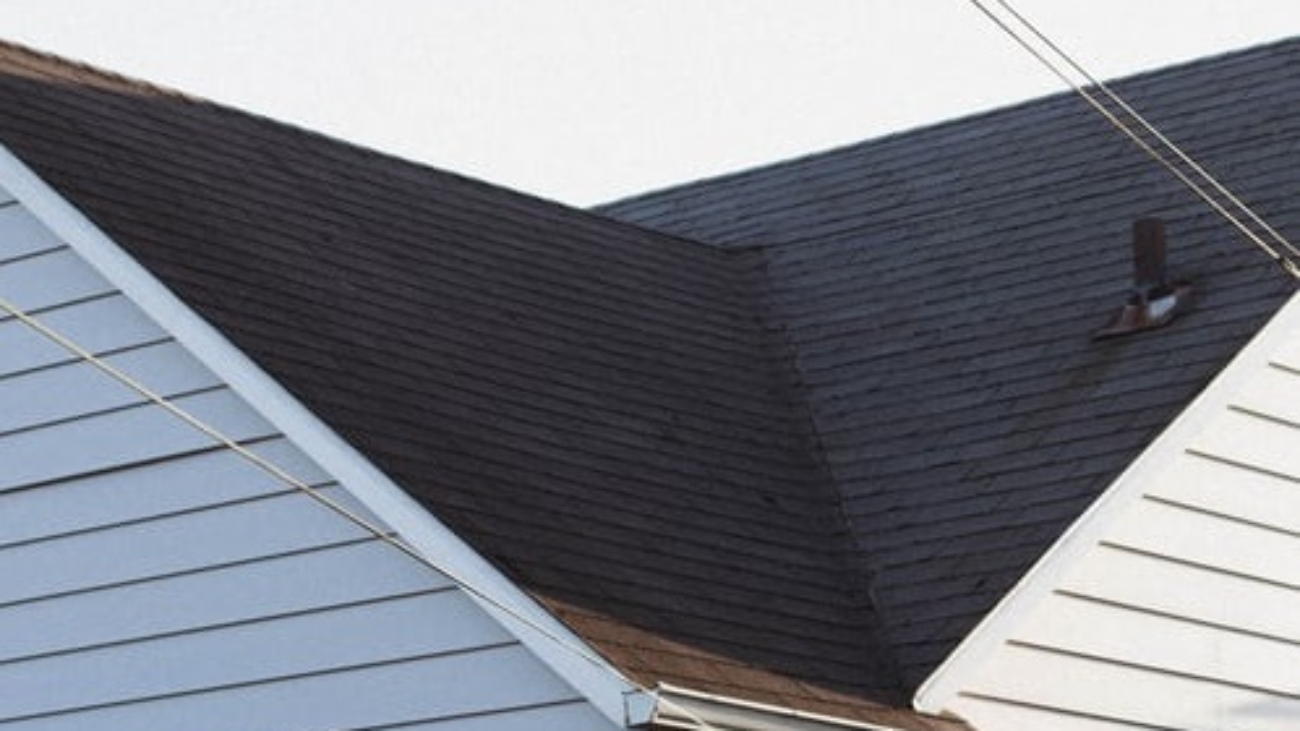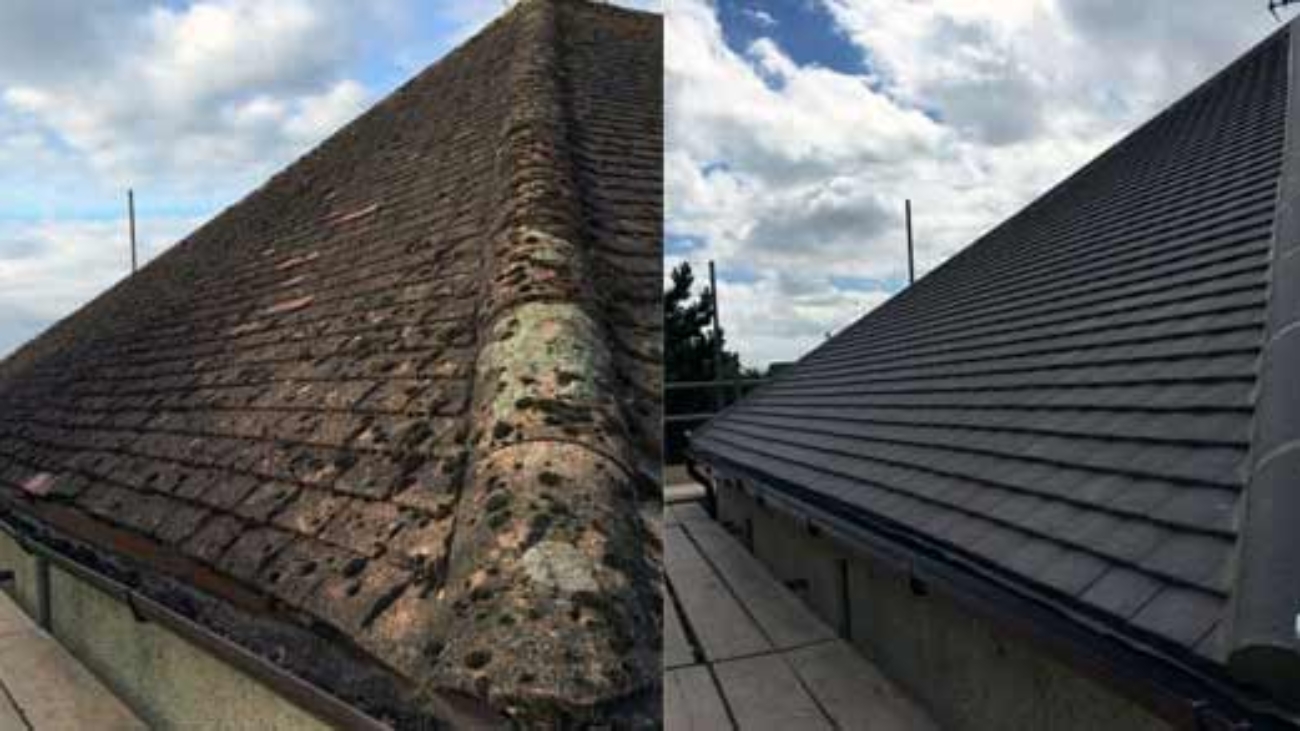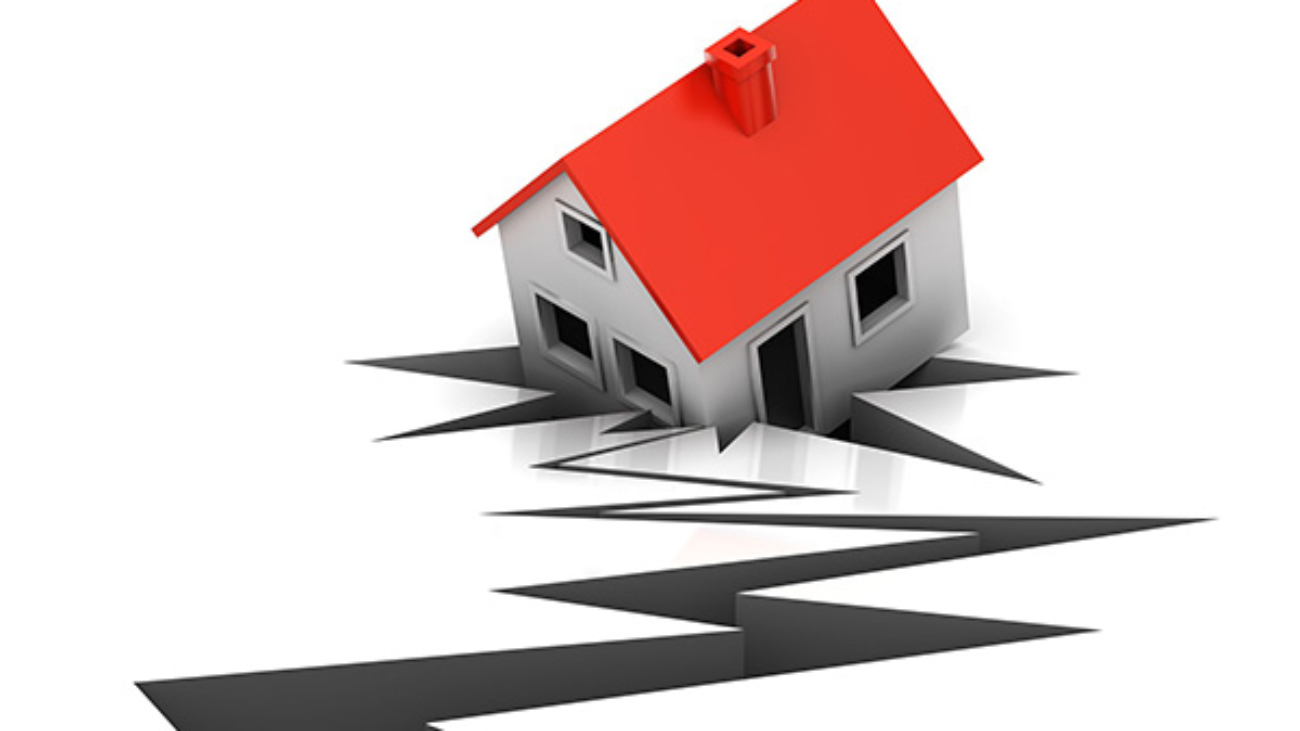In this blog post, we’re going to best estimate the cost of a new roof in Vancouver. Your roof protects your home – most likely your single biggest asset – from damage, yet a lot of homeowners are hesitant about investing money into a well-built roof because they don’t see the value.
Roofs not only keep your home dry, they also keep moisture, wind, and other natural elements from damaging your home. So when it comes to maintaining your investment, the smartest money you spend could be on a new roof.
How much you’ll spend will vary, depending on several factors which we’ll go over in this blog post. Roofs usually last anywhere between 12 and 50 years and can be expensive to replace.
But planning, estimating, and researching can help you determine the cost and save some cash. Preparation is necessary before the new roof can be added. Removal of shingles and inspection of existing plywood and flashing will factor into the cost.
Repair Or Replace Your Roof?
It can be tough to know whether your roof can stick it out for a few more years or if it needs to be replaced immediately. Most homeowners hope to make do with a few repairs, but depending on your roof’s condition, a roofing contractor might tell you it will be more cost-effective to replace the entire roof rather than try to patch it up. If your roofing contractor is telling you that you need to replace your roof it’s a good idea to listen.
If your roof is more than 20 years old and is leaking in multiple places, or has been repaired many times in recent years, it’s probably time to tear it off and start new.
Aside from adding value to your home, today’s roofing materials will also make your home more energy-efficient, helping you control indoor air temperatures and save money on your heating and cooling bills. If you’re still not sure whether to repair or replace your roof, ask your roofer for estimates on both projects.
It can also be difficult to match new material with the old, and those efforts can significantly add to the cost. You might also consider simply adding a second layer of shingles to your roof, which is less expensive than a full replacement but can be more problematic.
Sometimes, replacing the roofing is necessary if you’re changing shingle types. For instance, if you’re switching from wooden shingles to asphalt, you’ll need to remove the existing roof.
And lastly, if you’re on the fence about roof replacement consider this: banks avoid a failing roof like the plague, so replacement may be what it takes to pass inspection and can actually increase your resale value.
Style And Health of Your Roof
The potential price of your roofing project will also be based on factors like the style of your roof and its current condition.
Your roofer will need to know whether your roof is flat or sloped, hipped or gabled, the number of levels it has, and if there are dormers or valleys. The roof’s accessories and underlying structure may also be a factor, especially if you see any signs of moisture damage in your attic.
Mold remediation and/or replacing rotten framework will definitely change the scope of your project.
Type Of Roofing Material For Vancouver
As you probably guessed, your roofing estimate will also be based on the type of material used in the repair or replacement. Labour can be calculated accurately be determining the size of the job but the variable is determined by the type of roof you want.
The most common and generally the least expensive material is asphalt shingles, which come in all kinds of compositions and colours:
- Cedar shingles and shakes, which are often chosen for their beautiful Vancouver aesthetic, but come with more maintenance needs and a higher price tag.
- Asphalt shingles are the most affordable option. If they’re installed properly and maintained well, they can last 30 years.
- A metal roof will also be more expensive to install. But the benefits easily outweigh the cost in the long run. Not only will a metal roof last upwards of 50 years, it’s also the most energy-efficient, moisture resistant, low-maintenance, lightweight and fire-proof choice out there.
- Slate, clay and concrete tiles are also among your options for roofing material. While they are durable and beautiful, tile roofs are particularly heavy (which requires additional structural support) and even more expensive.
Also, take into account the size of your house… and your roof’s. Obviously, the bigger the house, the bigger the roof, the larger the cost of both materials and labour.
Most roofers charge by the square foot, with a number that encompasses both materials and labor. Most roofers can give you a ballpark estimate of the project cost based on your home’s square footage. That makes comparison shopping for roofers fairly easy.
Labour Cost
We’re the first to admit, roofing materials aren’t cheap. Especially if you have a large or complex roof, but professional installation is what boosts the expense.
Labour often accounts for 40% to 50% of the cost, largely because a lack of skilled roofers has driven up rates. The more complicated a roof, the more labour it takes and the higher the costs.
Height and Pitch of Your Roof
Another determining factor is that the higher your roof and the steeper the pitch, the more expensive your roof installation will be. With a steeper and taller roof, the installation is both more difficult and more dangerous. And it may take longer and cost more.
Some roofers will quote you a general price based on the size of your home. But will not guarantee that price until they see the height and pitch of your roof. Whether you have any hard-to-reach spots.
The pitch of the roof will also affect the cost; the higher the pitch of the roof, the higher the cost. Contractors must add harnesses or other special equipment to the quote. Gable roofs are the easiest, since they have the smallest slant. You’ll need to determine the type of roofing that will be used.
Conclusion
In total, a new roof could cost between $15,000 and $40,000. It’s a wide range, I know and probably doesn’t help much in budgeting. However, you can calculate the size of your roof by taking the square foot of your roof. And adding half making it easy to compare quotes.
Any reputable roofing professional will offer you a free roofing estimate (as long as no diagnosis is necessary) and you’re likely to get a wide range of bids.
Make sure the estimates you receive include everything from the materials and labour to taxes and permits. It’s also wise to ask about the time your project will take.
If you have any questions or need an estimate on your roof call the experts. At Cambie Roofing, we have been in business for over half a century – so we feel confident in saying we are your best roofing choice.
First published Dec 15th, 2018, updated on Feb 15th, 2021

